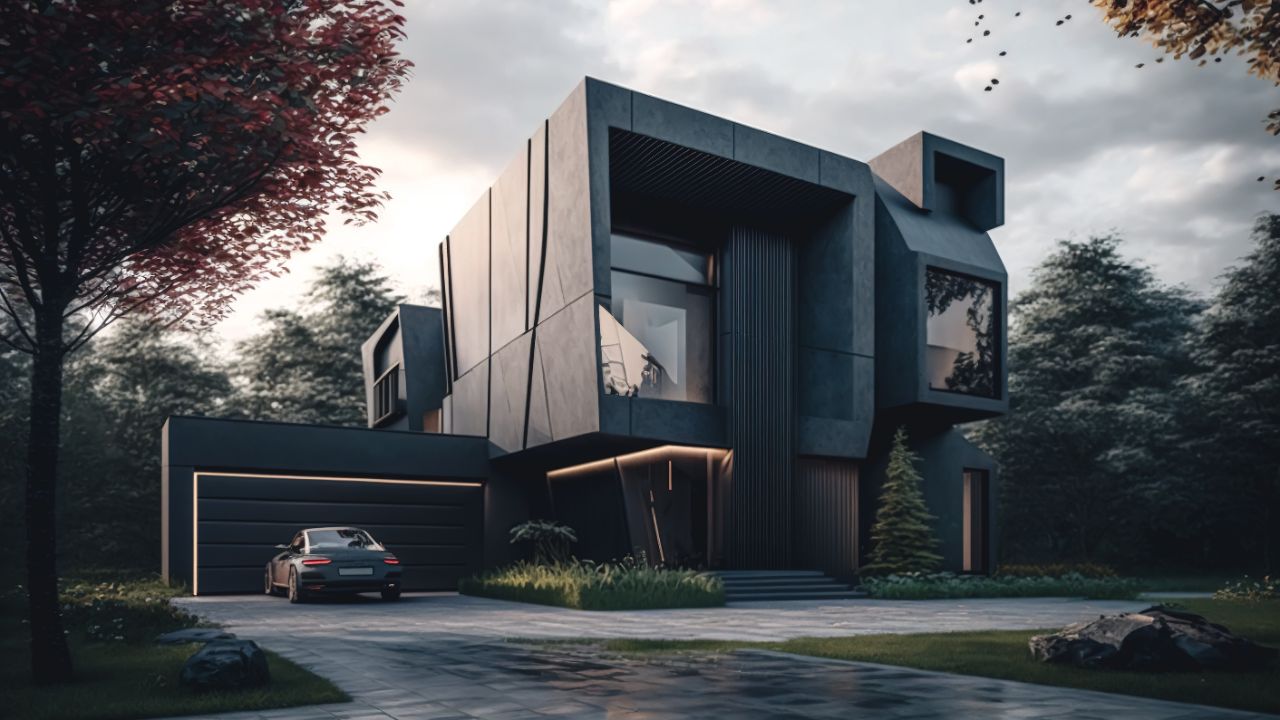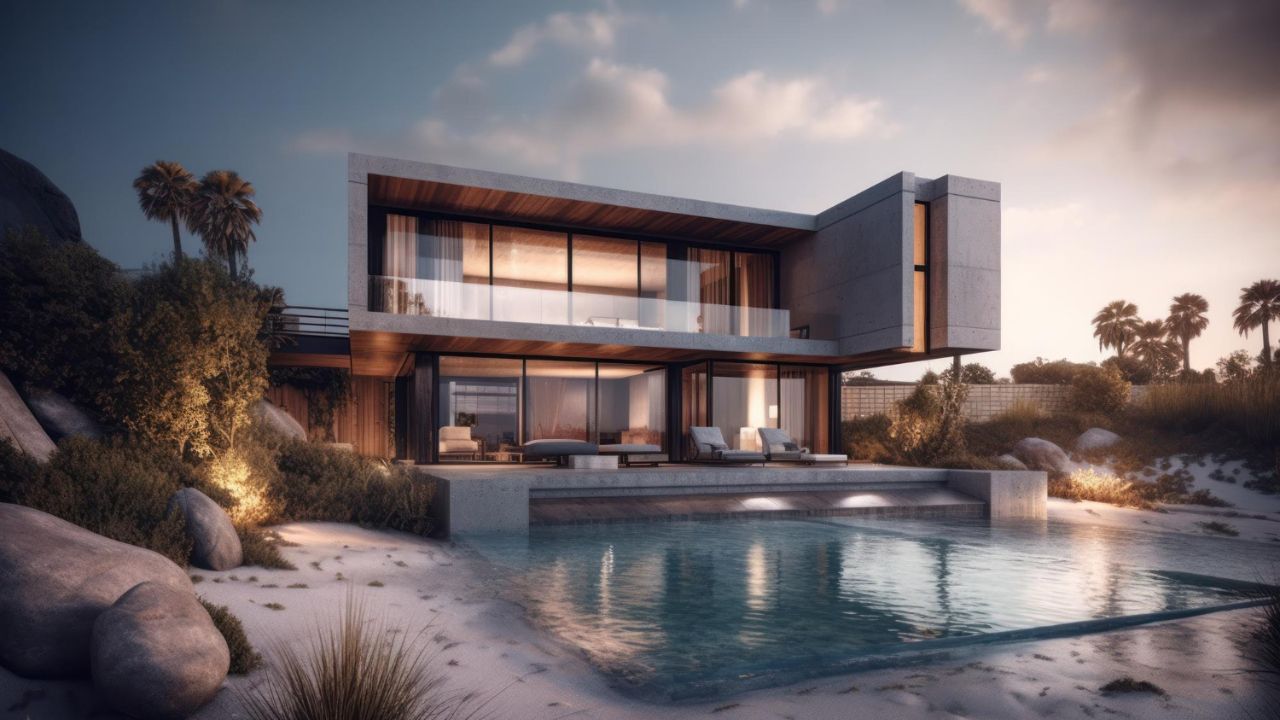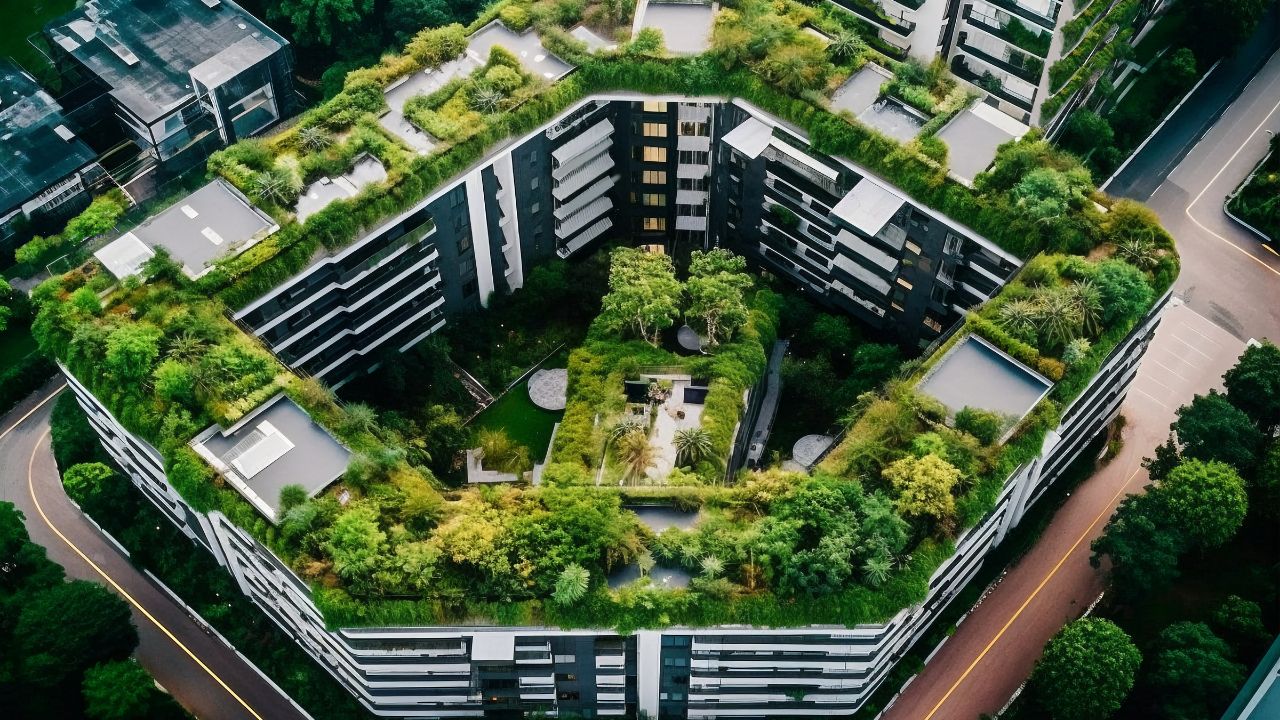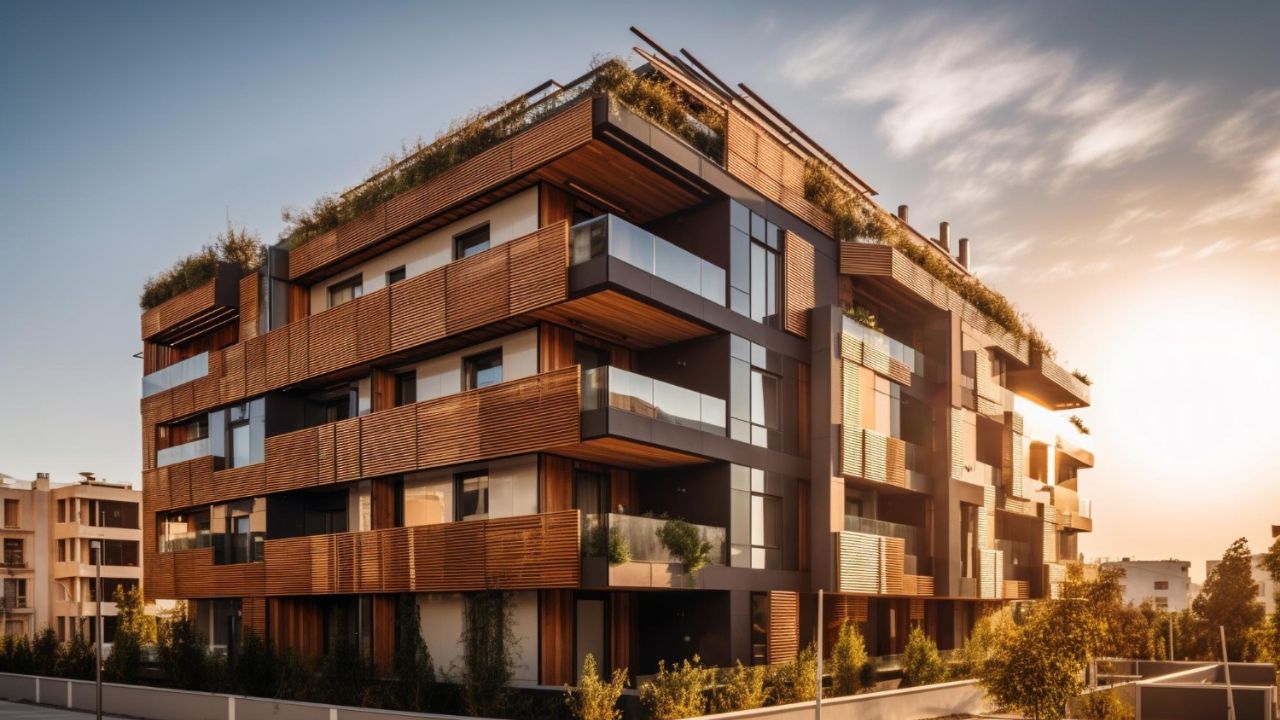The Importance of 3D Rendering in Exterior Design
The world of design is constantly evolving, and one of the most transformative advancements in recent years is the use of 3D rendering. This technology, although still relatively new, has had a profound impact on various industries. From enhancing our favorite movies and video games to revolutionizing advertising, 3D rendering is all around us. However, one field that has been entirely reshaped by 3D rendering is exterior design. In this article, we will delve into the significance of 3D rendering in exterior design and explore how it has become an indispensable tool in this industry.
Understanding Exterior Design
Before we explore the profound impact of 3D rendering on exterior design, let’s clarify what exterior design entails. Exterior design is a subfield of architecture that focuses on the aesthetics and functionality of the exteriors of residential, commercial, and industrial buildings. It encompasses elements such as landscape, facade, outdoor furniture, foundation structures, and more. Just like interior designers, exterior designers need a keen artistic sensibility and an understanding of color theory and visual perception.

However, they must also possess expertise in landscape architecture, structural engineering, and construction, as they are often responsible for smaller structures like garages and sheds.
While interior designers primarily focus on the indoor living space, exterior designers are concerned with creating captivating and functional outdoor areas. This distinction highlights the unique requirements of exterior design.
Transform Your Vision into Reality with Our 3D Rendering Services

Bridging the Gap: Exterior Designers and 3D Artists
It’s important to note that exterior designers are not necessarily 3D experts who can deliver highly realistic renders. Conversely, 3D artists may lack a deep understanding of architectural and construction principles. This contrast underscores the importance of collaboration between exterior designers and 3D artists.
3D designers have become integral players in exterior design projects, offering a range of benefits that contribute to the success of these projects. Let’s take a closer look at the advantages of 3D rendering in exterior design:
Conveying Your Vision More Easily
Describing a complex design in words or providing 2D sketches can leave room for misunderstanding, especially when language barriers exist. 3D rendering eliminates such uncertainties. With the help of a 3D artist, every intricate detail of your design can be faithfully incorporated into the rendering. The result is a photorealistic image that transcends language barriers and requires no further explanation.
From the type of outdoor furniture to the precise shade of the facade, 3D artists can bring your vision to life in a way that is easily understood and appreciated by your clients.

Furthermore, 3D renders can go beyond static images; they can be transformed into videos and interactive animations, allowing clients to explore the design in-depth and gain a comprehensive understanding of your vision.
As the saying goes, a picture is worth a thousand words, but in the case of 3D rendering, it’s worth much more.
“3D rendering brings your design to life, making it accessible to clients of all backgrounds and languages.”
Your Imagination, Our Expertise - Request Your 3D Quote Today

More Insightful Feedback
Client feedback is crucial for any exterior design project. Clear communication and feedback are vital to avoid misunderstandings and ensure the project aligns with the client’s expectations. However, clients who lack design expertise may struggle to provide constructive feedback, and designers may face challenges explaining why certain ideas are infeasible or ill-advised.
3D rendering simplifies this process. By providing clients with a 3D render, you empower them to offer feedback with a clear visual reference. If a client wishes to incorporate elements that are impractical due to space constraints, the 3D artist can illustrate these issues in the rendering. When a client struggles to articulate the desired foundation decor, multiple options can be presented in 3D for their selection.
This improved communication extends beyond clients and includes team members, construction crews, and engineers.

The ability to gather feedback from various stakeholders enhances the design and ensures client satisfaction.
“3D rendering bridges the communication gap and fosters a more constructive and efficient feedback process.”
Transform Your Vision into Reality with Our 3D Rendering Services

Using Your Work to Market Yourself
Beyond project development, 3D rendering has marketing potential. While we often associate 3D renders with tech and automobile commercials, they can also be used by architects to create a compelling online portfolio. An architect’s portfolio is a powerful tool for showcasing skills and attracting clients.
Engaging images and videos of completed projects are undoubtedly attention-grabbing, but interactive designs of ongoing projects can set you apart. Potential investors and buyers can explore your designs and scrutinize every aspect before the construction phase begins. You can leverage mesmerizing 3D architecture presentations that highlight unique elements of your design, captivating your audience.
For those seeking to impress investors and buyers further, 3D renders can facilitate virtual tours through VR headsets.
Taking it a step further, you can even use AR technology to bring the design to life at the construction site.
“3D renders offer architects a powerful tool for marketing their services, attracting clients, and standing out in a competitive market.”
Your Imagination, Our Expertise - Request Your 3D Quote Today

Better Overview of the Whole Design
Even the most skilled artist may struggle to convey the full scope of a design through 2D sketches. It can be challenging for clients and investors to visualize the final product from these sketches alone. 3D renders, on the other hand, provide a comprehensive overview of the design, incorporating every minute detail. This allows for a thorough examination of the building from all angles and enables the identification of design flaws before it’s too late.
A 2D sketch might miss subtle issues, such as an overhang that obstructs a view or a lack of natural light on a deck. In contrast, a 3D render presents these flaws clearly. It can also depict the ambiance at different times of the day or night, providing valuable insights.
Precise and accurate, the best 3D visualizers deliver realistic animations that facilitate thorough inspection.

This level of detail is invaluable when dealing with challenging construction sites or unusual surroundings.
“3D rendering provides a comprehensive view of a design, helping to identify and rectify issues before construction begins.”
Easily Predicting the Project's Look and Feel
3D renders not only bring designs to life but also offer the ability to predict how a project will integrate with its surroundings. They allow for the assessment of potential issues, such as a project that stands out too prominently in the landscape, blocking natural light or obstructing neighbors’ views.
Additionally, 3D rendering can simulate the impact of environmental factors like hurricanes, earthquakes, or landslides. This predictive capability can guide design improvements to enhance resilience and durability.
“3D rendering extends to predicting a project’s look and feel, as well as its interaction with the environment and response to environmental impacts.”
Transform Your Vision into Reality with Our 3D Rendering Services

Recognizing and Fixing Mistakes is Easy
Mistakes in exterior design can be costly, whether it’s a tree obstructing a view, a balcony door leading to nowhere, or miscommunication leading to incorrect work by the construction team. These errors often stem from poor communication and a lack of clarity in conveying the design intent. 3D renders mitigate these issues.
By providing a photorealistic 3D rendering to all team members, everyone can understand the design’s intended outcome. This clarity prevents costly mistakes and ensures problems are resolved before they arise.
How To Start Your Project? Get A Quote!
Start Your New Project Together! Just Fill Out Form Right Now To Get Your Price Quote
Frequently Asked Questions
3D rendering in exterior design is the use of three-dimensional computer graphics to create highly realistic representations of outdoor architectural projects. It helps designers and clients visualize the final look of a building’s exterior with great accuracy.
3D rendering benefits exterior designers by providing a clear and realistic representation of their designs. It facilitates better communication with clients, helps identify design flaws early, and serves as a valuable marketing tool.
No, they are not the same. Exterior designers focus on the aesthetics and functionality of outdoor spaces, while 3D designers specialize in creating photorealistic renderings. Collaboration between the two is often essential for successful projects.
3D rendering creates photorealistic images that leave no room for misunderstanding. It allows designers to showcase every detail of their vision, from materials to textures, and transcends language barriers.
Yes, 3D rendering can be a powerful marketing tool for architects and exterior designers. It helps create captivating online portfolios, engages potential clients and investors, and sets you apart in a competitive market.
3D rendering simplifies the feedback process by providing clients with a clear visual reference. It allows designers to make adjustments based on client preferences and offers a collaborative platform for better decision-making.
3D renders enable the entire project team to understand the design intent clearly. This eliminates costly mistakes by ensuring everyone is on the same page and provides a platform for identifying and resolving issues before they arise.
Yes, 3D rendering can simulate how a project will fit into its surroundings and predict how it might affect neighboring structures, lighting, or views. It also has the capability to assess a project’s resilience to environmental factors like hurricanes or earthquakes.
Yes, 3D rendering is cost-effective because it prevents misunderstandings, costly mistakes, and marketing expenses. Despite the costs of hiring 3D artists, it ultimately results in savings and benefits for both designers and clients.
To find a skilled 3D artist, you can explore online portfolios, ask for referrals from colleagues, or collaborate with professional design firms specializing in 3D rendering services. Look for experience, attention to detail, and a strong portfolio of previous projects.
















